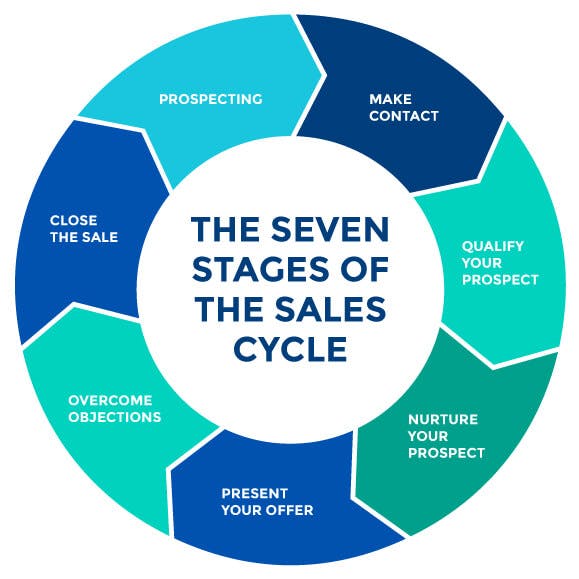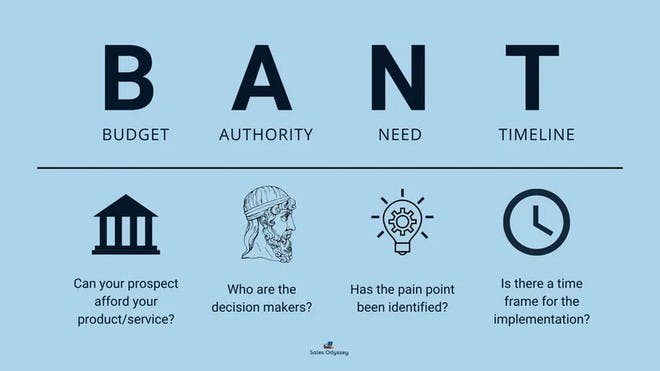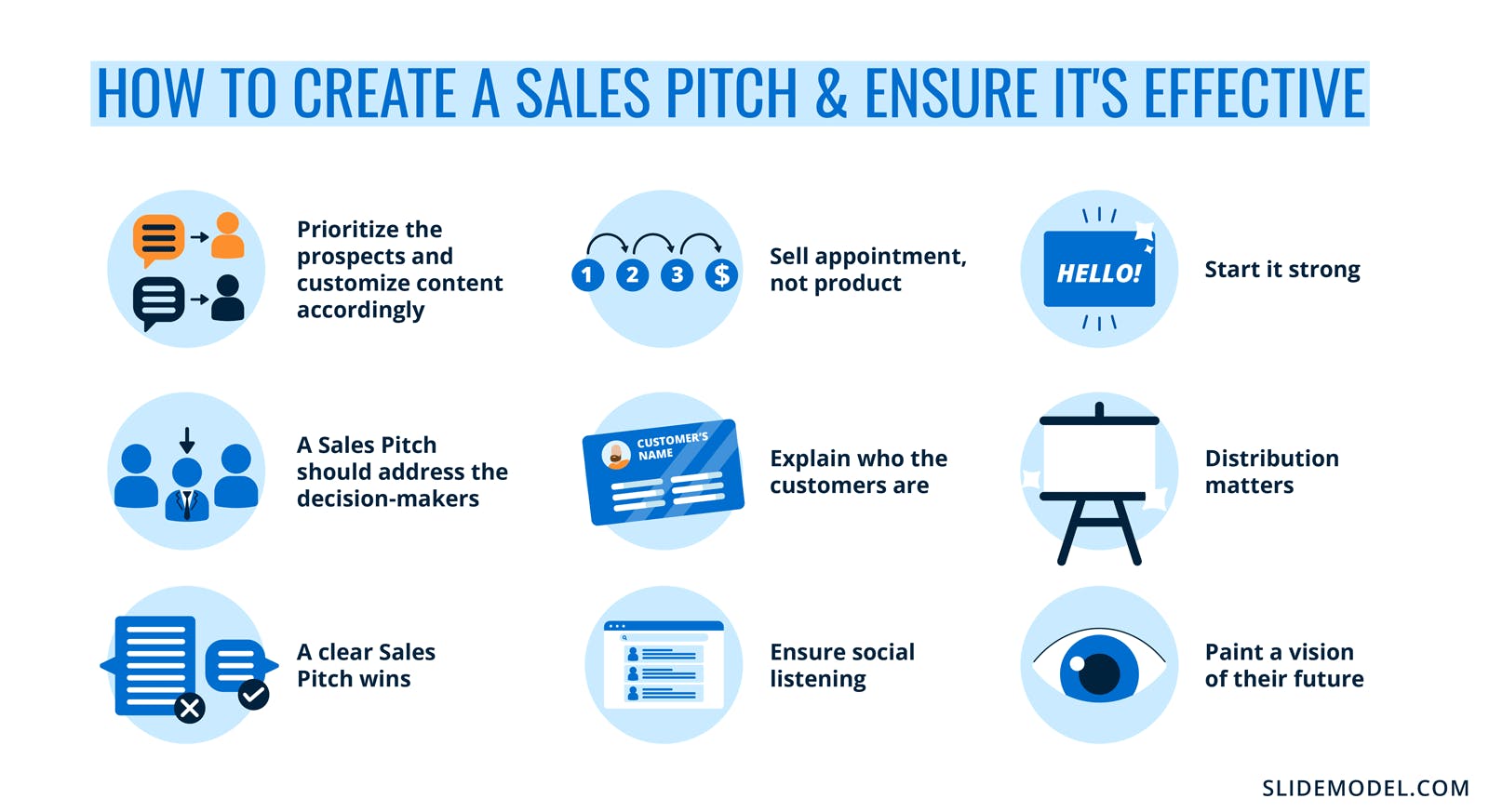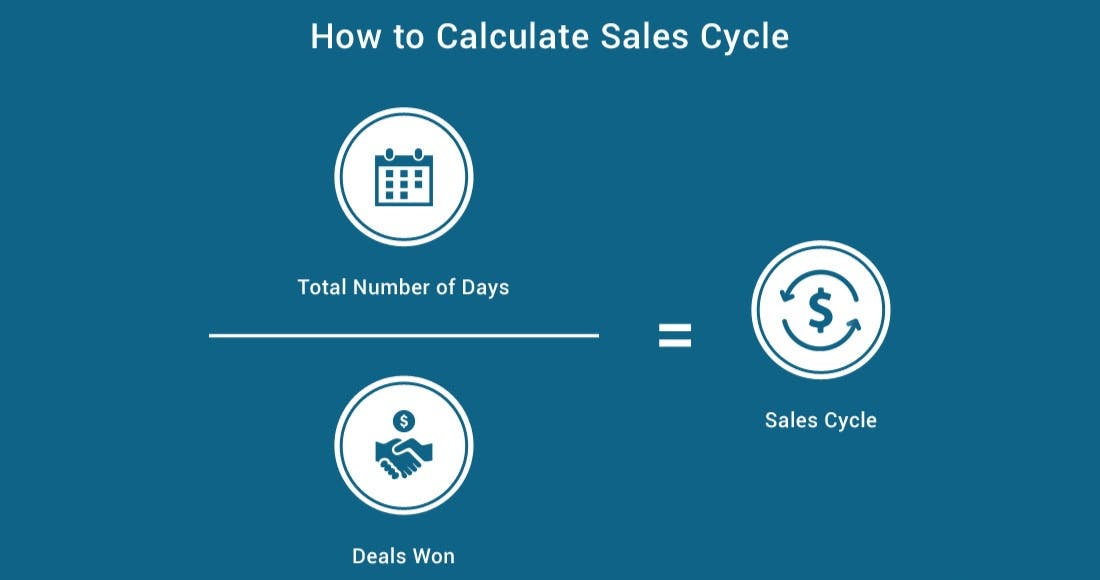Sales cycle: definition, stages and metrics
Jan 25th, 2023

The key to successful business growth is consistency. If you implement a strategy for effective sales, you will be able to predict the number of closed deals for the defined period. It will help you plan further steps, avoid failures and identify ways to replicate your earlier success. With the sales cycle, you can break the overall sales process into smaller steps and discover specific actions that lead to desired outcomes.
Furthermore, you can find weak spots in the sales process by monitoring your sales cycle. You can track and analyze the length of the cycle and compare it to the industry average. If the process is shorter than the industry standard, your company’s sales department performs better than its rivals. On the other hand, if the cycle is longer, you must review the stages to determine the points at which you lose leads. In this article, we will discuss the typical length of the sales cycle and consider its main stages and metrics to analyze the efficiency of the process.
What is a sales cycle?
A sales cycle is a framework sales representatives use to close a deal and turn leads into customers. The process involves a series of specific stages or actions a company performs when selling consumer products or services. Each company’s sales cycle differs and depends on the industry, customers, products, geographical location, and other factors. However, most sales cycles start with lead generation and end with closing the deal and requesting referrals.
According to other definitions, a sales cycle refers to the time between getting the order and completing a sale. A sales cycle is also defined as the length of time and activities required to convert leads into customers. These include acquiring a lead, guiding a prospect through the sales funnel from awareness to purchase, and providing follow-up assistance after the deal.
Businesses typically strive for short cycles where sales representatives move through each stage fast and effectively to complete deals. Nevertheless, B2B sales cycle is longer as it involves more research and demands more guarantees before the company makes a purchasing decision. We will consider the differences between B2B and B2C sales cycles in greater detail in the other sections of this article.
Harvard Business Review reports that organizations with formal sales processes generate a 28% increase in revenue. These businesses have a well-structured sales process, commit three hours each month to pipeline management, and educate their managers on sales strategies and techniques. An organized sales process implies specific stages and milestones evident to the whole sales team. Sales representatives have all the necessary information to understand a particular deal’s status and how to communicate with prospects at each stage.
In the following paragraphs, we will dive into the main stages of the sales cycle and share tips to achieve better sales performance.
Sales cycle stages
The typical phases of the sales cycle typically include sales prospecting, establishing contact, qualifying a lead, nurturing a prospect, presenting the product, handling objections, and closing the deal. Let us describe each step of the sales cycle in more depth.
Stage 1. Sales prospecting
The first stage of the sales cycle is prospecting. At this point, your task is to analyze your client profiles, select possible customers to get in touch with and decide how to approach them. You can use various methods to find prospects: offering product demos and gathering contact information, making phone calls or sending emails, and creating targeted content.
In addition, you need to develop an ICP or an Ideal Customer Profile. It helps you identify the ideal client for the problems your business solves. ICP is a description of a company that has all characteristics to be the perfect match for the solutions your organization provides. The best method to create an ideal customer profile is to analyze your existing clients and identify their common characteristics. For example, pay attention to the industry, company size, geographical location, annual revenue, and pain points.
Once you have created an ICP, you can start building a database of consumers who fit the description. Depending on your business objectives, you can search for prospects on social media and specialized platforms like Crunchbase. Then make a list of these companies for your sales team and add their contact details to CRM.

Stage 2. Making contact
Once you have a list of potential leads, you can start contacting them. First, you need to conduct thorough research and identify their pain points and potential challenges. Next, educate your target clients by providing helpful resources and sending valuable information via email. By offering content that answers customer concerns, you can demonstrate your interest in their problems. It allows you to build credibility, facilitate further communication and stand out among the other sales teams who deliver pushy sales pitches at once.
The following step is to prepare a short presentation or demonstration of your product. Use the information that you have collected during the prospecting stage to make your sales pitch personalized. Then initiate contact via cold calls, email, or social media. Keep in mind that the purpose of this presentation is to persuade potential customers that your interests align with theirs. To increase their interest in your company, try to copy their tone and mention case studies.
Stage 3. Qualifying a lead
After you have contacted leads, the next step is qualifying. At this stage, you need to determine whether leads are a good fit for your business and whether your company can satisfy their requirements. Ensure that potential customers meet your ICP criteria and make a discovery call to learn more about their goals and problems.
Use BANT methodology and ask them questions about their budget, authority to make a purchase, needs, and timing. The answers to these questions will help you determine customers with the highest buying potential and avoid wasting time on leads who will never make a purchase. If some people still need time to meet your criteria for the ideal customer, send their information to the marketing department and try to contact them again in a few months.

Stage 4. Nurturing a prospect
It is time to nurture leads by providing relevant and personalized content, educating them about your product or service, and addressing common issues. Prepare answers to the potential customers’ questions about the unique characteristics of your offer, its advantages, and the problems your product can solve. You also need to create content for every stage of the funnel to prove the benefits of your product.
Your goal at this stage is to build a reputation as a thought leader and reliable source of information. Thus, send them useful articles, ebooks, or case studies that can help them make a purchasing decision. You can set up email campaigns to ensure that leads receive these materials on time. In addition, you can advertise to them on Google, LinkedIn, and Facebook.
If you discover that some prospects are interested in your product but cannot make a purchasing decision right now, stay in touch with them and offer help. Therefore, they will contact you when they are willing to buy the product.
Stage 5. Presenting the offer
At this stage, leads turn into prospects. Now you need to get ready to present your sales pitch to potential customers. You can create a presentation in the form of a demo or face-to-face meeting. Some companies have a standard presentation that the sales team customizes for every client. With a great sales pitch, you can explain in detail how your product or service can benefit clients, establish better communication, educate prospects and demonstrate your knowledge of challenges in the industry.
To create a convincing presentation, stick to the following formula: introduce yourself, describe the problem, provide the solution, prove it with facts, summarize the information and answer questions. Emphasize the advantages of the product or service instead of describing the features. Consider customer needs, financial situation, and long-term objectives. Lastly, think of original ways to conduct your presentation.

Stage 6. Handling objections
In most cases, some of your prospects might be skeptical about your offer. Your sales team should respond to these objections to persuade consumers that the product is the best solution to their problems. The most common objections include price relative to value, contract conditions, and risks. This phase can be irritating, demanding, and intimidating for sales representatives as they should convince customers that their concerns are unjustified.
You can work on overcoming these objections beforehand in the nurturing phase. However, sometimes it is impossible to prepare for them in advance. Sales representatives should be patient and sympathetic to influence prospects’ purchasing decisions. If the problem is not explicitly stated, ask more questions to understand the issue.
Once a customer expresses an objection, describe the value proposition, mention the product's advantages and tell how they meet the needs of a potential customer. For example, if a prospect complains that the price is too high, explain how much savings or return on investment they will receive from using your solution. If the difficulty lies in adopting new technologies, promise to provide assistance in education and setup and mention your user-friendly support channels.
Stage 7. Closing the deal
This is a final phase of a sales cycle. Depending on the industry, the customer’s company size, and decision-makers, the period between the presentation of the product and the closing of the sale can take several months. During this time, sales representatives organize meetings to describe product features in greater detail, deliver a presentation to a larger buying committee or explain anticipated results and return on investment. In addition, to keep the potential buyers interested, the sales team often contacts them via email or phone.
Several different scenarios can unfold at this stage. The client might want to negotiate the conditions before signing a contract. Some terms that may be discussed include pricing, objectives, deadlines, and scope of work. Your sales team should be ready to negotiate with confidence and be prepared for the risk of losing clients at the last minute. In addition, sales representatives should understand when to give up to avoid wasting time on the discussion with a prospect who is not ready to make a purchase.
After closing the deal, many companies request referrals. Sales representatives ask their clients to recommend the company to other prospects. You can also continue nurturing new customers by sending them helpful content like demos and how-to guides and creating a smooth onboarding process. Contact them every three months to provide help and maintain customer loyalty. It will increase your chances of upselling or getting referrals.
Sales cycle length
While most companies stick to the set of predictable stages, not all of them succeed. The result greatly depends on the execution and the length of the sales process. The latter is an indicator of the efficiency of your sales team’s work. The longer your sales cycle, the greater the possibility that your prospects will change their mind or start looking for the other product. Moreover, the sales cycle length will provide you with information on areas for improvement and help you determine future objectives.
The sales cycle length is the period between the initial contact with a lead and completing the deal. To determine your average sales cycle, you need to summarize the total of days required to close each deal and divide this amount by the number of sales. For example, if you have closed 10 deals over 1,240 days, the average sales cycle length will be 124 days. Now you can predict that similar deals will close in about four months.

B2B vs B2C sales cycle
B2C companies typically focus on the individual consumer, which makes the sales process shorter. Thus, a B2C sales cycle can take up to 5 minutes, depending on the product or service you are selling. With online shopping, customers can make purchasing decisions and buy products very fast. Moreover, the B2C sales cycle does not require a salesperson to complete a sale. Instead, customers usually read online reviews and research products that match their budgets and needs.
In contrast, the B2B sales cycle is longer because of a more complex product, an extended group of decision-makers, and a higher price. The average length of the B2B sales cycle depends on company size, product, industry, and other factors. The average B2B sales cycle for small businesses is 1-3 months, for mid-market it takes 4-6 months, and for enterprises it can take 6-9 months. According to statistics, 75% of B2B companies require at least four months to complete a sale, while 18% need a year or more. You can read our related article on B2B vs B2C in sales, marketing, and customer service, where we compare and contrast them.
Further, we will discuss the metrics that help you estimate and improve the effectiveness of your sales team and sales process length.
Sales cycle metrics
Let us look at three key performance indicators that help you track sales performance and make adjustments to increase SaaS sales.
Lead response time
Lead response time is the period between a client’s request and the salesperson’s response. A sales team can analyze lead response time at any stage of the sales funnel, even though it is often measured after the first contact with a customer. This metric is critical for businesses that rely on inbound sales methods. For example, the research by Harvard Business Review states that companies that responded within 30 days had an average response time of 42 hours. Furthermore, businesses that contacted customers within an hour increased the chances of having a fruitful conversation with decision-makers by seven times.
Opportunity to win rate
With this metric, you can count the number of qualified leads that turned into closed deals. The opportunity-to-win rate allows you to evaluate the performance of sales representatives and examine the effectiveness of your sales cycle. If this metric is below the industry average, you should review the methods and tools you use to close the deals. For example, you need to make sure that your sales team has presentation decks and is aware of techniques and methods for handling objections.
Loss rate by sales stage
This metric reflects the percentage of deals lost at each phase of the sales process. By analyzing the loss rate by sales stage, you can find weak points in the sales cycle and understand whether the problem is related to your team or the process. For example, losing deals at the objections stage means that your sales representatives require additional training. It may also be a signal that your sales pipeline needs revision.
Developing a well-structured sales process helps your sales team complete more sales and turn more online leads into loyal customers. It also guarantees that every customer gains a positive experience with your company. Use the above-mentioned steps and recommendations to increase conversions and build strong relationships with customers right away.
